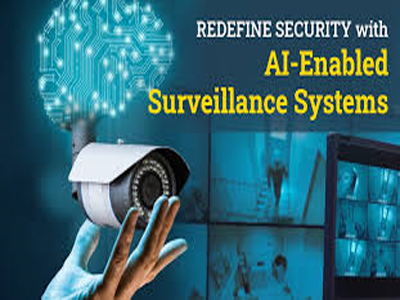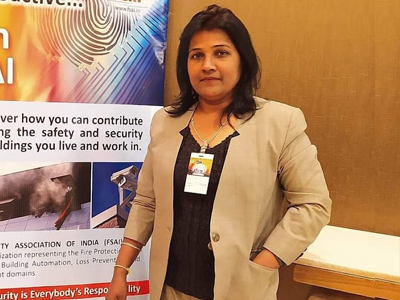The security landscape is ever-evolving, driven by emerging
technologies and evolving security needs, particularly accentuated by recent
global events like the pandemic. One significant technological advancement in
the realm of surveillance is the integration of artificial intelligence (AI)
with closed-circuit television (CCTV) systems. But what exactly is AI CCTV?
AI CCTV cameras are network IP cameras equipped with
advanced analytical capabilities such as vehicle detection, face detection,
person detection, people counting, traffic counting, and license plate
recognition (LPR). These cameras host sophisticated video analytics software
that enables artificial intelligence functionalities.
So, how does it work?
AI CCTV cameras continuously transmit data to a recorder,
which then processes this data through an AI layer to interpret the raw video
feed.
Rule-based AI cameras operate based on predefined rules and
reference images. For instance, the AI is trained to recognize specific human
postures, movements, or objects. If the camera detects anything deviating from
these established rules, it triggers an alert. Some systems employ
"behavioral analytics" software, which learns from normal behavior
patterns in an area, enabling it to identify anomalies and alert security
personnel in real-time.
In the realm of public spaces, CCTV cameras have long served
as deterrents for criminal activities or to alleviate the fear of crime.
However, traditional CCTV systems often fall short, primarily aiding in crime
resolution after the fact. This is where AI CCTV systems excel.
AI CCTV systems not only store information for post-incident
review but also have the capability to detect and transmit alerts in real-time.
This enables operators to deploy immediate responses to unfolding situations.
Additionally, features like object tracking and two-way audio communication
empower operators to actively engage with potential threats, enhancing the
efficacy of security measures.
While controversial, facial recognition technology can be a
valuable tool for identifying suspects or tracking vulnerable individuals
needing intervention. Moreover, some AI CCTV systems are equipped to monitor
compliance with public health measures such as mask-wearing and social
distancing, contributing to public safety efforts.
One notable advantage of AI surveillance is its heightened
accuracy, significantly reducing false alarms and operational costs associated
with traditional systems. AI's impartial analysis of video feeds allows for
more efficient threat detection, even in challenging conditions like adverse
weather or obscured views.
Looking ahead, the integration of AI with CCTV systems
represents just one facet of the evolving security landscape. Innovations such
as thermal cameras, solar-powered systems, and predictive analytics are
reshaping the future of public space surveillance. In some instances,
predictive policing initiatives akin to science fiction narratives are being explored,
leveraging vast datasets to anticipate and prevent crimes.
As governments and law enforcement agencies worldwide
continue to seek innovative solutions to enhance public safety, AI CCTV stands
out as a cutting-edge security solution, equipped with self-learning
capabilities and advanced features that promise to redefine video surveillance
in public spaces.
(This "Security Blogs" Published in May 2024 Edition)






.png)







